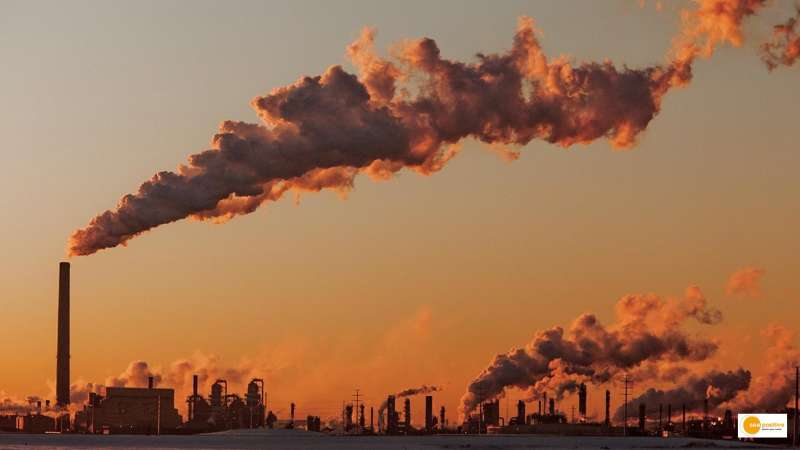

On September 19, a first-of-its-kind database for tracking the world’s fossil fuel production, reserves, and emissions went live, coinciding with climate talks at the United Nations General Assembly in New York.
The Global Registry of Fossil Fuels contains information from over 50,000 oil, gas, and coal fields across 89 countries, accounting for 75% of global reserves, production, and emissions. The tool is now open to the public, a first for a collection of this size.
There was already private data and analysis of the world’s fossil fuel usage and reserves available for purchase. The International Energy Agency also keeps public data on oil, gas, and coal, but it focuses on demand, whereas the new database includes fuels that are still underground.
Carbon Tracker, a nonprofit think tank that studies the impact of the energy transition on financial markets, and Global Energy Monitor, an organisation that tracks a variety of energy projects around the world, created the registry.
It allows anyone with a computer and internet access to look at coal, oil and gas reserves with a resolution that hasn’t been possible before. Users can see the carbon dioxide emissions they would generate if burned — at a global, country or field level.


